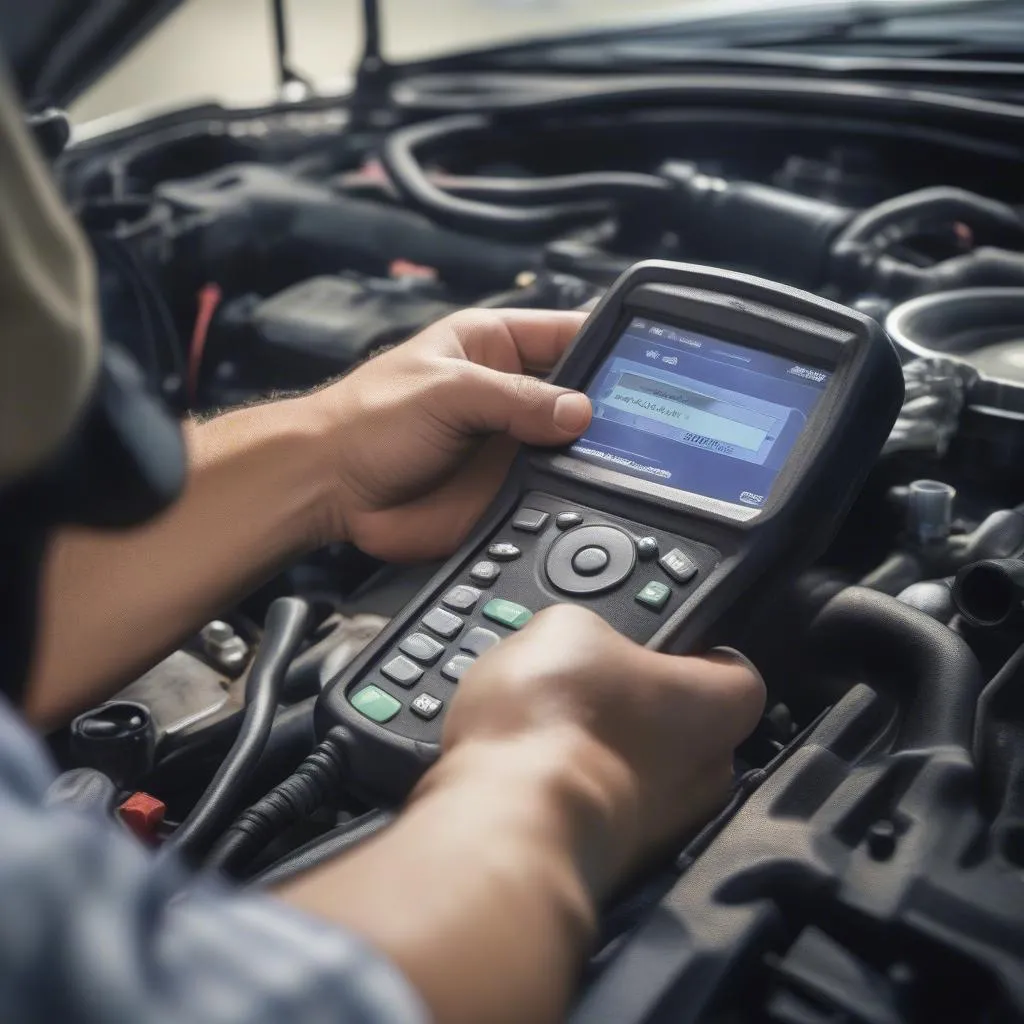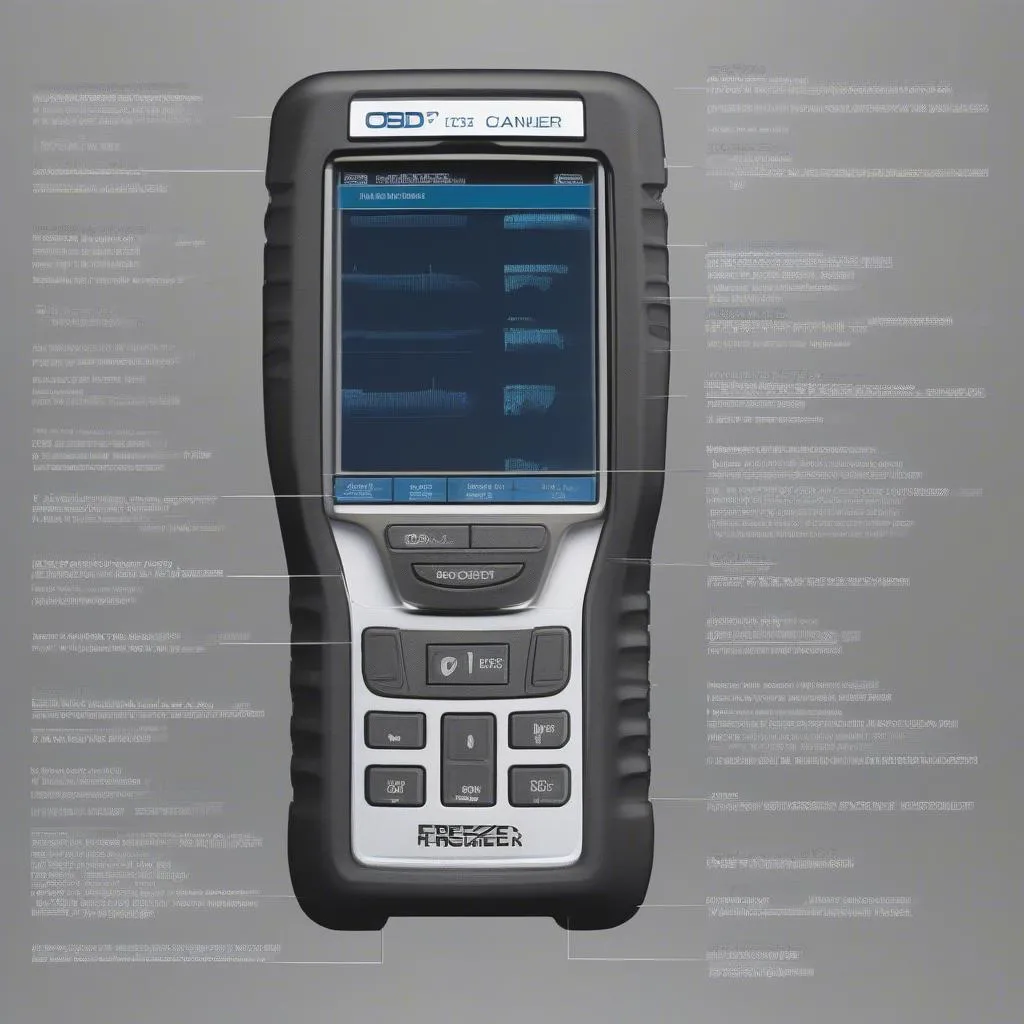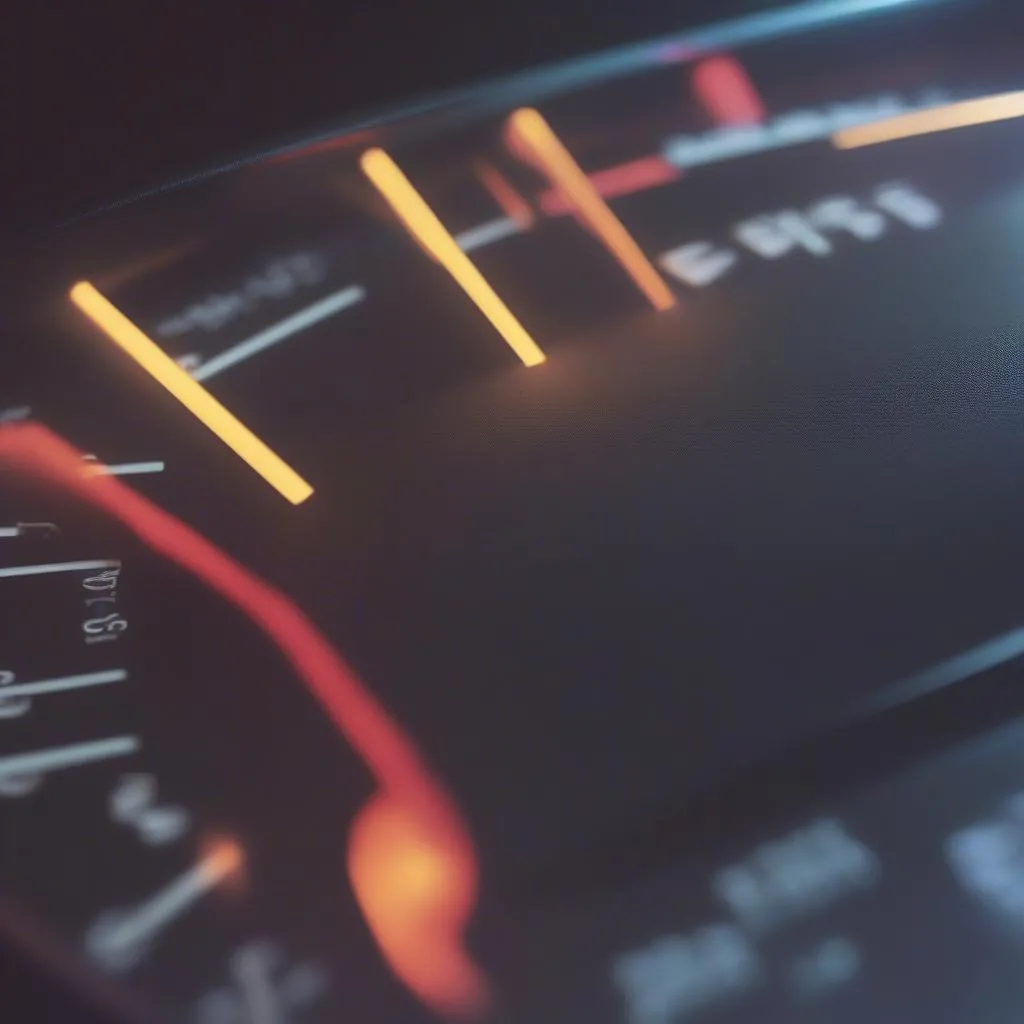Ever wondered what your car was doing the last time it threw a check engine light? Or what the car was doing before a major issue happened? Freeze frame data is the answer! It’s like a snapshot of your car’s conditions at the exact moment an issue occurred, allowing you to diagnose problems more effectively. In this article, we’ll dive deep into freeze frame data, exploring its significance, how it works, and its importance in modern car maintenance.
Understanding Freeze Frame Data
The Significance of Freeze Frame Data
Imagine a car mechanic trying to diagnose a faulty engine. Without freeze frame data, they’d be like a detective with a blurry photo of the crime scene. The freeze frame data, however, captures vital information at the moment the engine warning light turns on, giving mechanics crucial clues to pinpoint the issue. It’s like having a time machine that allows you to peek into your car’s past.
How Freeze Frame Data Works
Freeze frame data is collected by the car’s onboard diagnostic (OBD) system, a sophisticated computer network that monitors various engine functions. When certain conditions are met, such as a sensor malfunction or a problem with the engine control unit (ECU), the OBD system automatically records key parameters, such as:
- Engine speed (RPM): This tells you how fast the engine was running when the problem occurred.
- Vehicle speed: This gives an indication of how fast the car was moving.
- Engine load: This reveals how much strain was on the engine at the time.
- Coolant temperature: This can point towards overheating or other issues.
- Fuel trim: This shows how the ECU was adjusting fuel delivery to maintain optimal performance.
- Throttle position: This indicates how much the driver was pressing on the accelerator.
Why Freeze Frame Data Matters
Freeze frame data is crucial for:
- Diagnosing Engine Problems: It provides valuable clues to help pinpoint the cause of a malfunction, saving time and money during repairs.
- Understanding Car Behavior: This data can reveal how your car behaves under various conditions, helping you identify potential issues before they escalate.
- Improving Car Performance: Analyzing freeze frame data can help mechanics fine-tune engine performance and ensure optimal efficiency.
How to Access Freeze Frame Data
Accessing freeze frame data is relatively straightforward with an OBD II scanner, a device that plugs into your car’s diagnostic port (usually located under the dashboard). Here’s how it works:
- Connect the OBD II scanner: Connect the scanner to your car’s diagnostic port.
- Select the correct protocol: The scanner will need to be set to the right protocol for your car (e.g., ISO 9141, J1850, etc.).
- Access the freeze frame data: The scanner will usually have a menu option for “Freeze Frame Data” or “Snapshot Data.”
- Review the data: The scanner will display a list of parameters and their values at the time of the code being set.
FAQ: Common Questions about Freeze Frame Data
Q: Can I access freeze frame data without an OBD II scanner?
Unfortunately, accessing freeze frame data directly without an OBD II scanner is difficult. While some car manufacturers offer diagnostic tools, they are often limited in their capabilities and can be expensive.
Q: Does freeze frame data reset when I clear a trouble code?
Yes, freeze frame data is typically cleared when a trouble code is reset. This means that the data from the last occurrence of the issue will be lost.
Q: How often is freeze frame data recorded?
Freeze frame data is typically recorded whenever a Diagnostic Trouble Code (DTC) is set. This means it’s not constantly being recorded, but only when a specific issue occurs.
Q: Is freeze frame data important for all cars?
While freeze frame data is useful for all cars, it’s especially helpful for newer vehicles with sophisticated electronic systems. These systems rely heavily on sensors and electronic control units, making it crucial to have a reliable way to diagnose problems.
Further Exploring Freeze Frame Data
For a deeper dive into freeze frame data, consider these resources:
- “Automotive Diagnostic Systems: Principles and Applications” by William B. Riley and Thomas A. King: This book is a comprehensive guide to automotive diagnostics, including a detailed chapter on freeze frame data.
- “OBD-II: The Complete Guide to Automotive Diagnostics” by John Bentley: This book offers a practical guide to using OBD II scanners, with a dedicated section on understanding freeze frame data.
Getting Help
If you’re struggling to understand freeze frame data or need assistance with diagnosing car problems, reach out to our expert team! We offer 24/7 support via Whatsapp at +84767531508 to help you troubleshoot any automotive issues.
Conclusion
Freeze frame data is a powerful tool for anyone seeking to understand and diagnose car problems. It provides a glimpse into your car’s past, offering crucial insights to pinpoint issues and optimize performance. Whether you’re a seasoned mechanic or a curious car owner, understanding freeze frame data is a valuable skill that can save you time, money, and stress in the long run.
 Freeze frame data on a OBDII scanner
Freeze frame data on a OBDII scanner
 OBD-II Scanner
OBD-II Scanner
 Check Engine Light
Check Engine Light